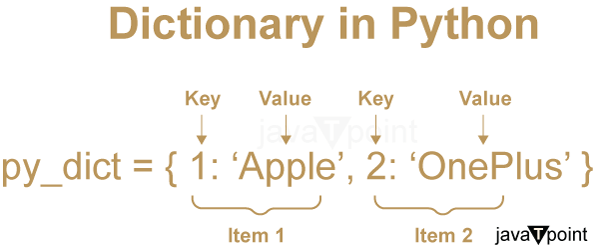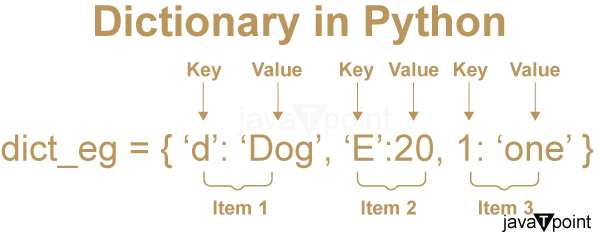Print all Possible Combinations of Words from the Dictionary using Trie
A valuable tool in computer science, the Trie (pronounced "try") data structure is frequently used for tasks related to natural language processing, spell checking, and autocomplete. It is the best option for a variety of text-related tasks because of its hierarchical structure, which facilitates the effective storing and retrieval of words or strings
Understanding the Trie Data Structure:
A tree-like data structure called a "reTRIEvaltree," or "Trie," is used to store and retrieve words or strings more quickly. The path from the root node to a particular node in the Trie spells out a word, and each node in the Trie represents a character. You may quickly look up words, prefixes, and other string-related actions by iterating through the Trie.
- Tries' main benefit is their capacity to lessen the temporal complexity of retrieval and search processes.
- Due to the hierarchical structure of the Trie, common prefixes between words are shared, which results in large space savings and quick search speeds.
Generating Word Combinations from a Dictionary:
Applications such as word games, anagrams, and creative text generation can all benefit greatly from this operation.
Step1: Constructing the Trie
- First, we need to construct a Trie data structure from the dictionary in order to produce word combinations.
- Usually, the dictionary has a list of acceptable terms that we wish to mix and match in different ways.
- Letter by letter, every dictionary word is added to the Trie, forming a branching structure with shared prefixes.
Step 2: DFS, or Depth-First Search
- After adding dictionary terms to our Trie, we can utilise the depth-first search (DFS) technique to look through every conceivable word combination.
- The DFS algorithm iteratively explores various paths across the Trie, producing combinations along the way.
- The main concept is to begin at the Trie's root node and work your way down, taking into account every avenue that could lead to a word.
- We keep track of the letters we encounter and the words we have so far made as we traverse. A leaf node represents the end of a word, and we add that word to our list of possible combinations when we get to it.

Step 3: Turning around
- We have to be ready to take detours in order to investigate every potential combination.
- A key component of the DFS algorithm is backtracking, which enables us to go back and explore different routes from prior nodes.
- We revert to the prior state and carry on looking into alternatives when we run out of words or reach a point where we can no longer extend the existing word.
Consider the following example to illustrate the process:
Let's say we have a dictionary that has the terms "and," "sand," "dog," and "cat." We wish to use a Trie data structure to construct every possible combination.
Start the DFS traversal from the root node:
- Initial state: Current word is empty
- Explore "c" -> "ca" -> "cat" (word)
- Backtrack to "ca" -> "cat" (word)
- Explore "d" -> "do" -> "dog" (word)
- Backtrack to "do" -> "dog" (word)
- Explore "a" -> "an" -> "and" (word)
- Backtrack to "an" -> "and" (word)
- Explore "t" -> "ta" -> "tan" (word)
- Backtrack to "ta" -> "tan" (word)
- Explore "s" -> "sa" -> "san" -> "sand" (word)
- Backtrack to "san" -> "sand" (word)
The DFS traversal is complete, and we have generated all possible combinations of words: ["cat", "dog", "and", "sand"]
Applications:
There are several useful uses for generating every word combination from a dictionary, including:
1. Anagram solvers:
- When two words or phrases are created by switching around their letters, the result is an anagram.
- Anagram puzzle solving is based on trie-based word combination generating.
2. Word Games:
- Creating appropriate word combinations out of a given collection of letters is a common requirement in word games like Scrabble, Words with Friends, and crossword puzzles.
3. Creative Text Generation:
- By putting words together in novel ways, writers and content producers can create creative text using Trie-based methodologies.
4. Autocomplete and Predictive Text:
- Trie structures are essential for predictive text input since they allow for autocomplete and propose words as you enter.
5. Language Processing and Analysis:
- Spelling and grammar checks are examples of natural language processing jobs that employ tries.

Conclusion
Trie data structures provide a sophisticated way to generate every possible word combination from a dictionary and are an essential tool for text-related activities. We can quickly explore and create word combinations by creating a Trie from the dictionary and using a depth-first search technique with backtracking. These combinations are used in word games, anagrams, creative text creation, language processing, and other areas.
|


 For Videos Join Our Youtube Channel: Join Now
For Videos Join Our Youtube Channel: Join Now









